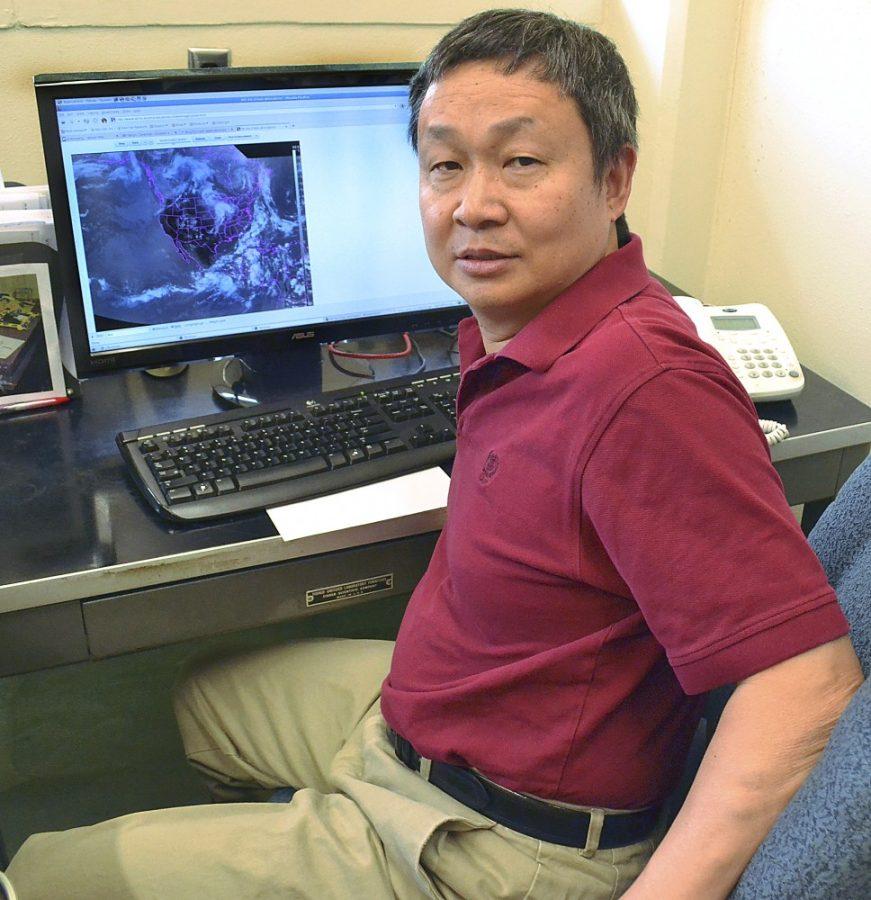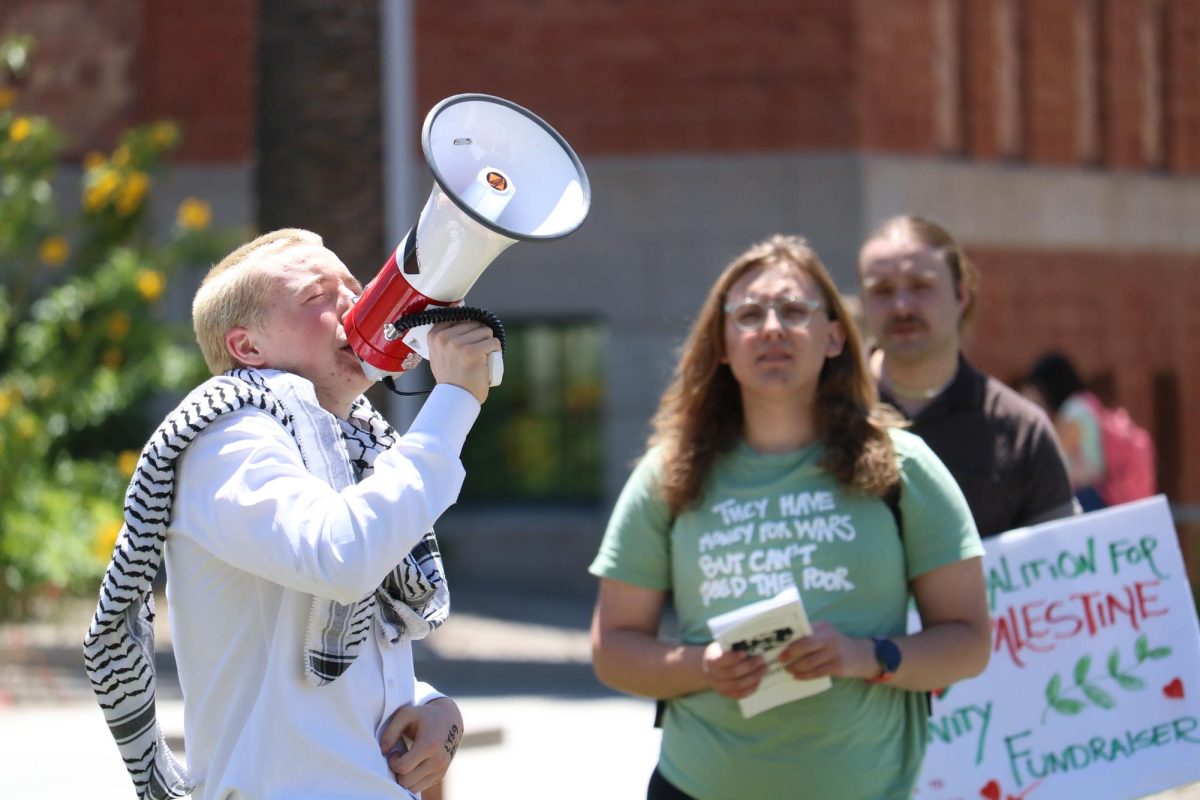A new grant has given UA researchers the funds necessary to investigate the ecological effects of local invasive grasses.
Processes and Patterns in the North American Monsoon Macrosystem is a $2.9 million grant and while reasearchers will not exclusively study invasive species, specifically grasses, in the region, they remain a key concern for the study.
Invasive grasses tend to choke out native Sonoran plant life, and are spreading rapidly through the region.
These grasses are typically very dry and can easily catch fire from lightning and man-made accidents. In the case of buffelgrass, it can regrow after a severe burn, leaving desert areas more susceptible to future fires.
Xubin Zeng, the director of the UA Climate Dynamics and Hydrometeorology Center, said the root of the invasive grass problem runs even deeper.
Zeng said buffelgrass provides an intermediary that allows valley fires to spread onto the mountains. This could further alter the environment, since plants keep the soil intact and keeps topsoil from washing away during rainstorms.
This research will, among other things, try to estimate how these invasive grasses play off the monsoon.
“What drives the strong monsoon activity during the summer is the intense heating of the Earth’s surface,” said Russell Monson, UA professor at the School of Natural Resources and the Environment, and principal investigator of the study.
Monson went on to say the spread of these grasses has the potential to alter the surface temperature, and, in turn, affect summer storms.
If left to natural processes, this could result in a drastic change in plant life and the intensity of the monsoons.
“People don’t like invasive grasses,” Zeng said. “That’s why we pull them out.”
Michele MacMillan, a political science senior, and the administrative program director for UA Students for Sustainability, said she believes that many students aren’t educated about buffelgrass and the dangers it poses to the desert ecosystem.
“Students that are aware of it are very concerned, and looking for an outlet to get rid of it,” she said.
She went on to say that she would bring up buffelgrass during group meetings and try to set up programs to educate students about it.
BJ Cordova, the director of programs for Tucson Clean and Beautiful Inc., an organization dedicated to preserving Southern Arizona’s unique environment, said that if something is not done about this, eventually Southern Arizona might resemble something more like the African savannah.
The organization also provides workshops demonstrating how to remove buffelgrass from your property, and sponsors events for clearing buffelgrass from the community both for personal safety and environmental issues.
“Everyone needs to do their own part on their own land,” Cordova said.
However, the extent to which invasive grasses can effect the environment and weather remains theoretical.
Monson said the connection between how life forms relate with each other and the climate are very complex. Advanced computer models will be used to calculate the web of factors outside of grasses, like rising ocean temperatures, to ultimately decide on what may happen to regional life forms and climate.
“They allow us to probe a bunch of ‘what if’ scenarios, so we can strategically address how the future might play out,” Monson said. “And what decisions we might want to make for the future.”
Both Zeng and Monson said that when the study is complete in 2016, it would paint a more complete picture of the environment and how to strategically apply resources in the future to handle invasive grasses.
“I’ve been in Arizona for 18 years, because I love the environment here,” Zeng said. “If we’re going to have the same environment for the next 50 years we’ve got to have a better understanding of it.”









